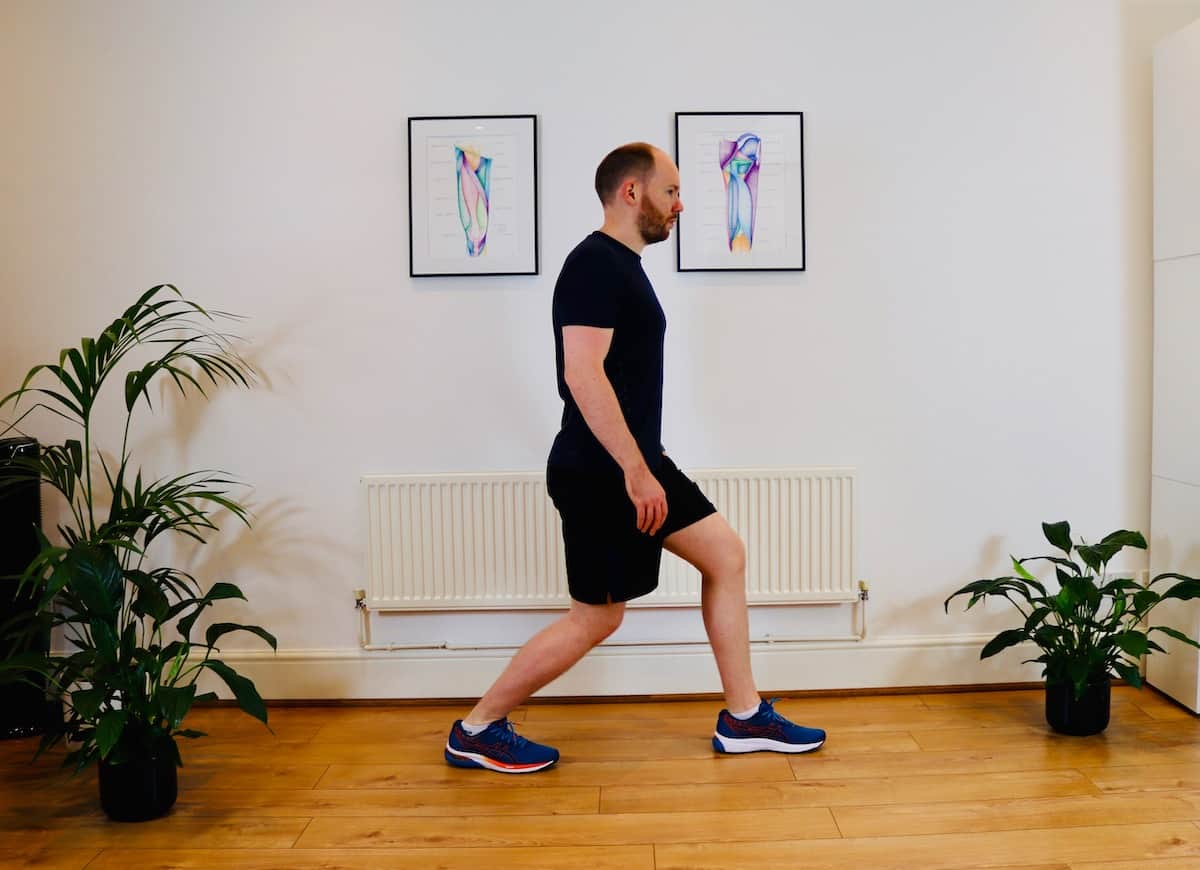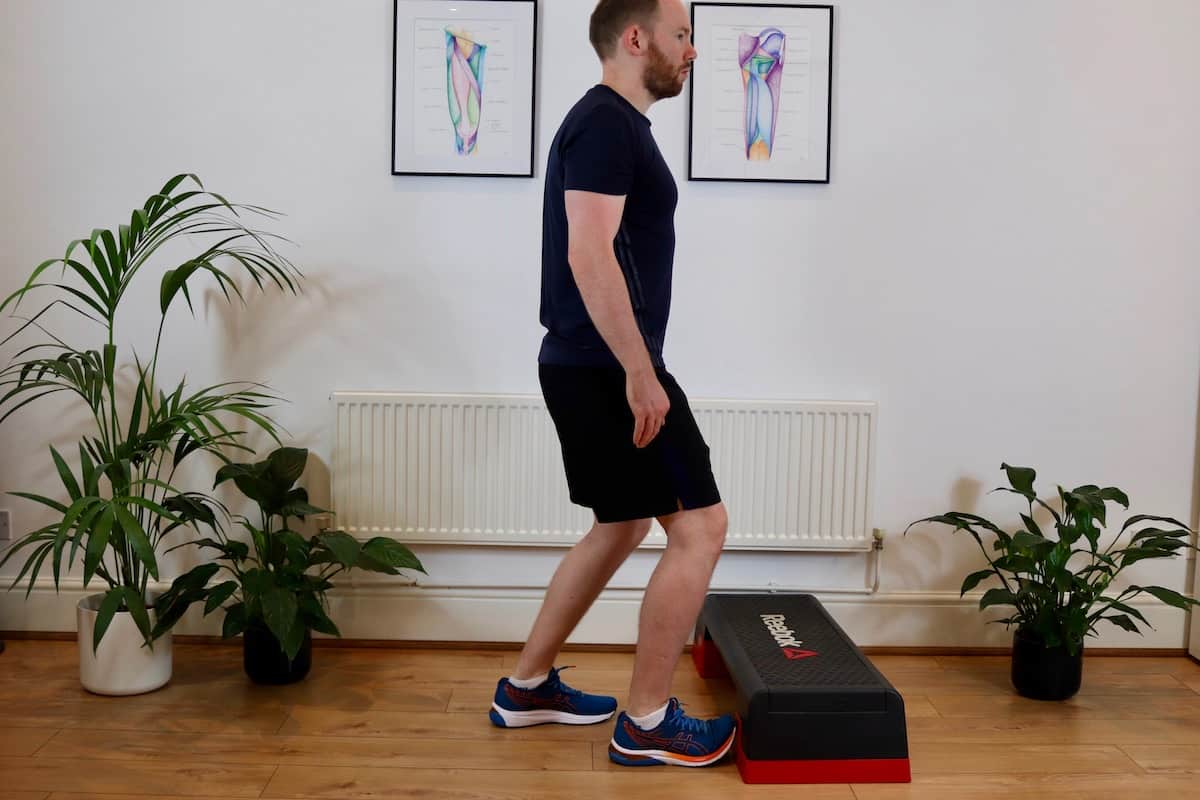Plantar Fascia Tear
Read More >
A Heel Spur is a bony growth on the heel bone (Calcaneus) that slowly develops over time due to stress placed on the bone. Heel spurs can present on imaging in different shapes and sizes, influencing the likelihood of a patient’s symptoms improving from conservative treatments. In most cases, a heel spur can be treated at home, and some cases require Physical Therapy and rare cases require surgical removal. This article will explore each form of Heel Spur treatment in detail and provide easily applicable treatment methods that you can begin today to ease your heel spur pain.

A Heel Spur is a bony growth on the underside of the heel that is aggravated by repetitive stress and impact being applied to the affected area. To reduce your pain, consider the following steps:
1: Identify factors that might be irritating your symptoms. These are typically impact or weight-bearing activities such as standing for long periods, walking and running. It is not uncommon for minimal pain during the activity, but symptoms may be felt in the hours afterwards or the next morning. Once these have been identified, reduce them as quickly as possible. The aggravating factor won’t need to be reduced forever, just until you are back in control of your pain levels.
2: Wear supportive cushioned shoes. Unsupportive shoes such as pumps, casual trainers and flip-flops can cause and irritate a heel spur as the lack of cushioning leads to a more significant impact on a heel spur. At the same time, insufficiently supportive footwear stresses the Plantar Fascia and irritates the injury site. Check out our article on Heel Spurs Shoes to read about the type of shoes we recommend to our patients with Heel Spurs.
3: An irritated and painful Heel Spur causes inflammation around the injury site; therefore, anti-inflammatories and icing can significantly reduce pain and inflammation. Over-the-counter Ibuprofen works well in these causes, and you should consult your GP for the correct dosage while icing the site of pain for 10-15 minutes, 3-4 times daily can reduce your pain levels.
Suppose you have tried home treatment for your Heel Spur without much success. In that case, we recommend a consultation with a Physical Therapist who can clinically identify your pattern of pain and the factors contributing to your symptoms and develop a rehabilitation protocol to provide effective Heel Spur treatment.
After a consultation, your Physical Therapist can identify muscular imbalances in your foot and ankle that may contribute to your pain. Later in this article, we will provide some easy-to-do home exercises to help with Heel Spur pain.
A gait analysis should form a key aspect of an assessment for your heel spur as this can identify factors in your walking, running and standing that may lead to heel spur development and pain. Depending on the clinic’s resources, a gait analysis can be performed using slow-motion video analysis or dynamic pressure plate analysis.
The gait analysis results can inform your Physical therapists on whether supportive footwear is sufficient or whether you need insoles to reduce pain levels and address your gait.


In irritable cases, Physical Therapy can struggle to make a breakthrough. These cases are generally referred to a Sports Doctor or Foot Orthopaedic Consultant for review. Initially, the most appropriate form of treatment is an ultrasound-guided corticosteroid injection to the area affected by the Heel Spur to reduce inflammation and irritation. Depending on the severity of the case, the patient may be recommended to spend 1-2 weeks in a walking boot to allow the injection to take maximum effect.
Upon removal of the boot, Physical Therapy should recommence. It is essential to remember that an injection helps reduce the symptoms, and it is not a cure. It provides a window of opportunity to address the causes of your Heel Spur pain with rehabilitation exercises and corrective footwear.
In rare cases, unfortunately, all of these forms of treatment are unsuccessful, and surgical heel spur removal is necessary. The procedure is usually performed arthroscopically and has a high success rate. Still, there is a risk that the heel spur can return if the causes of the Heel Spur are not identified and addressed appropriately.
Physiotherapy with James McCormack
This article is written by James McCormack, a Lower Limb Specialist who is an expert in treating Heel Spurs.
This is not medical advice. We recommend a consultation with a medical professional such as James McCormack if you are experiencing any of the symptoms discussed in this article. James offers Online Physiotherapy Appointments weekly and face-to-face appointments in his London clinic.